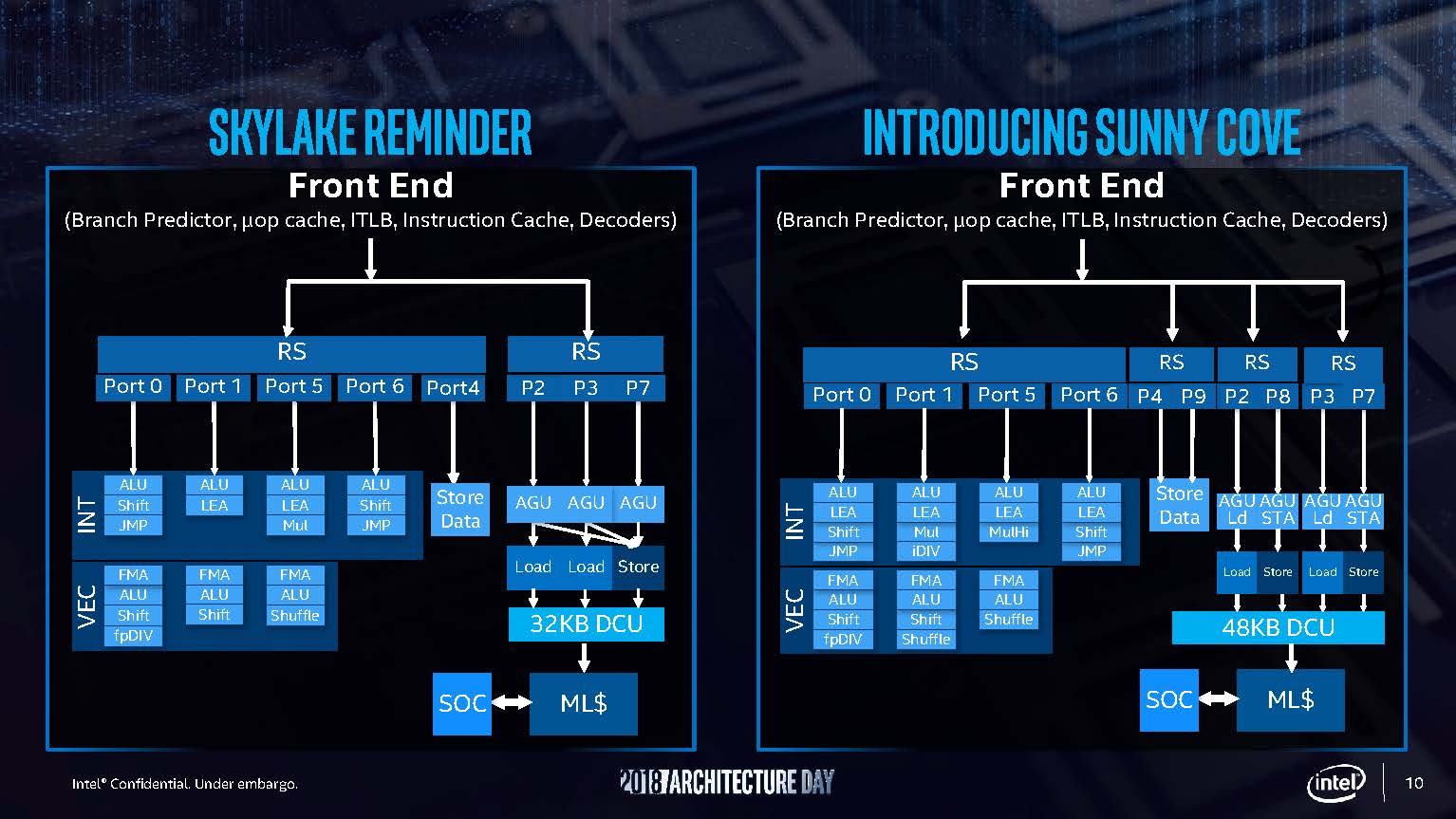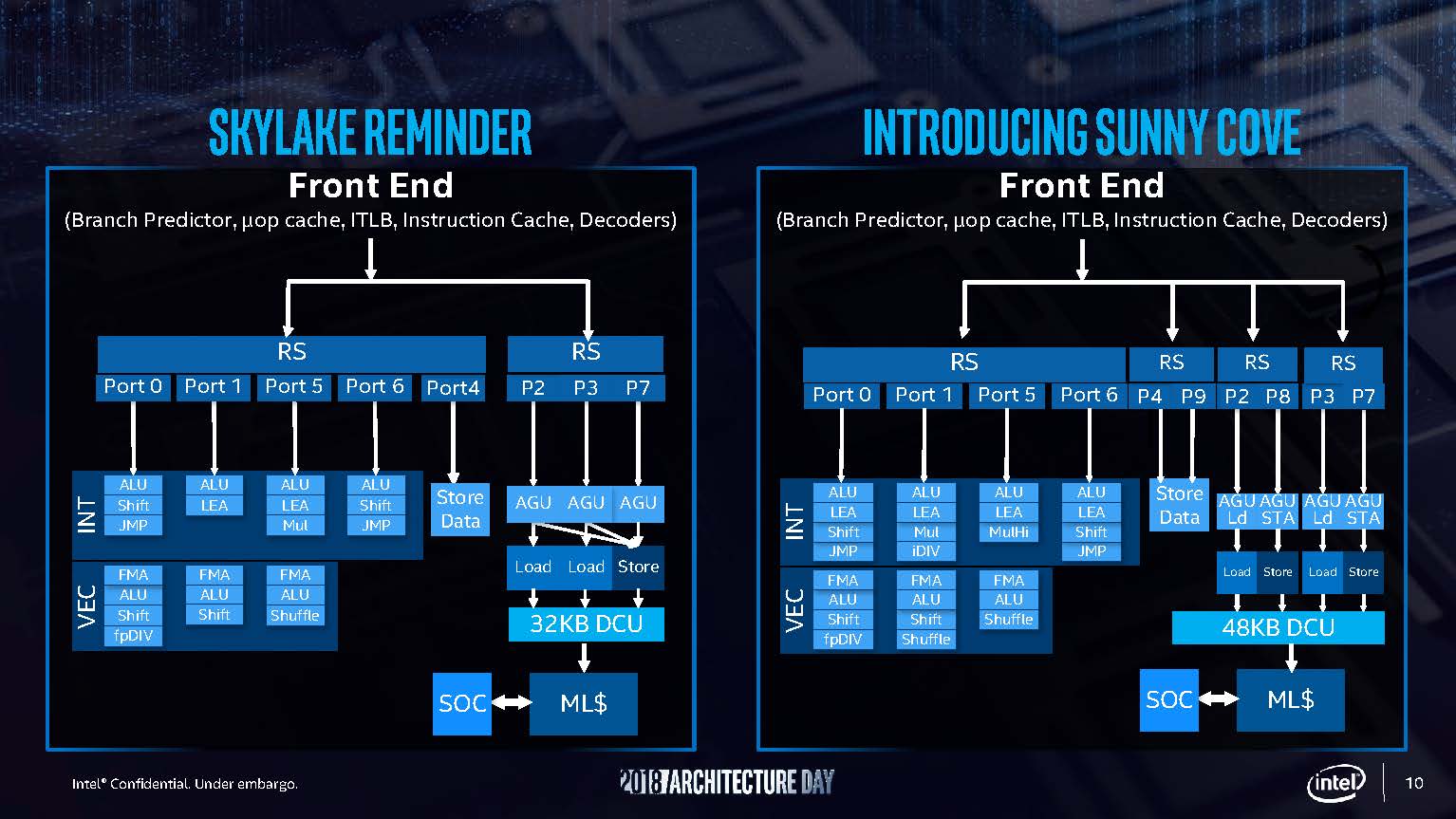With DDR5 on the horizon, we will be seeing a very significant, if not massive boost in available bandwidth for CPUs. Correct me if I'm wrong, but a dual channel DDR5 system should easily eclipse 100GB/s bandwidth. Quad channel memory systems and greater will have even more; over 200GB/s.
So the question, how do you think this is going to impact CPU design? We already have CPUs with tons of cores already that perform very well given the more limited bandwidth they have. What sort of enhancements would CPU architects make to be able to utilize the much higher bandwidth available with DDR5?
More cores is the obvious one, but what about more SIMD units? Or more SMT threads?
So the question, how do you think this is going to impact CPU design? We already have CPUs with tons of cores already that perform very well given the more limited bandwidth they have. What sort of enhancements would CPU architects make to be able to utilize the much higher bandwidth available with DDR5?
More cores is the obvious one, but what about more SIMD units? Or more SMT threads?




